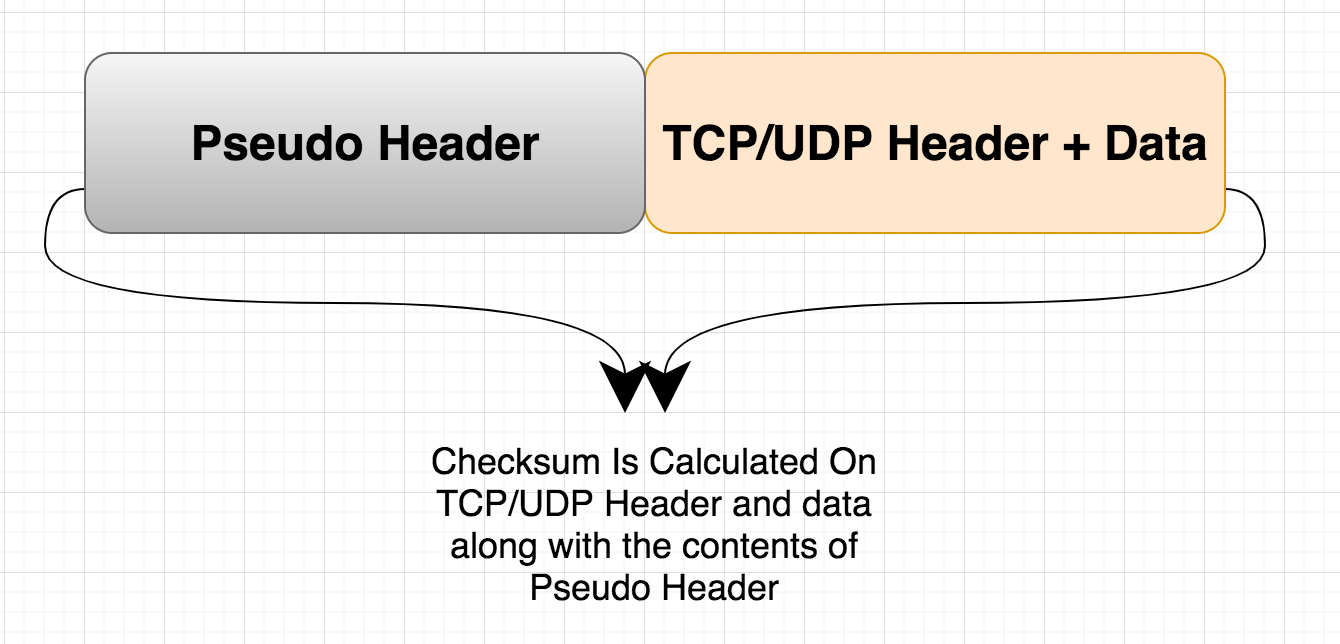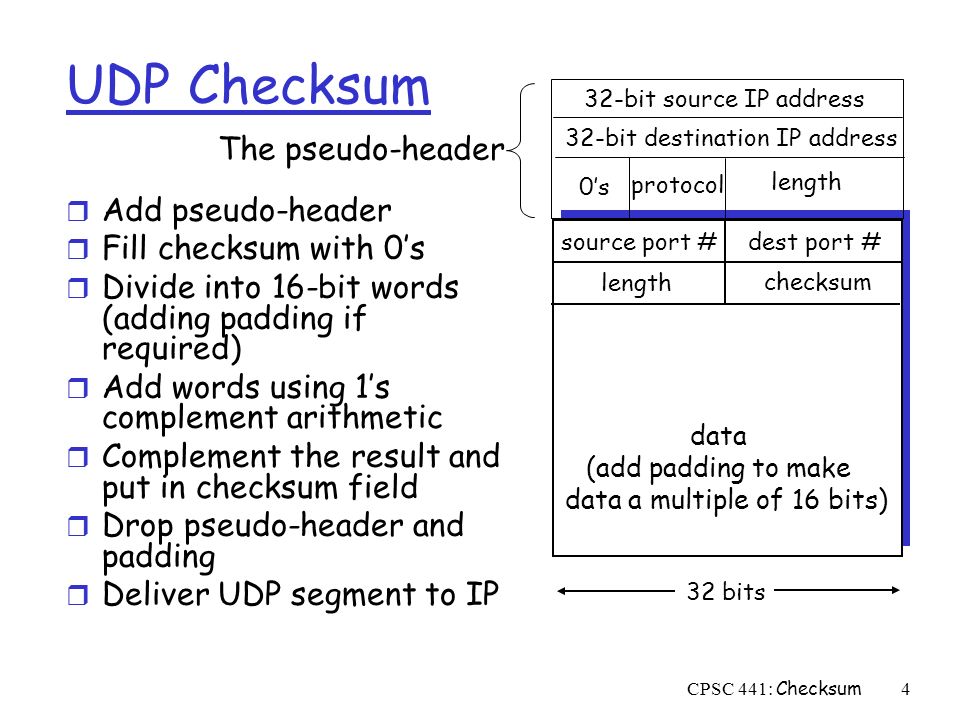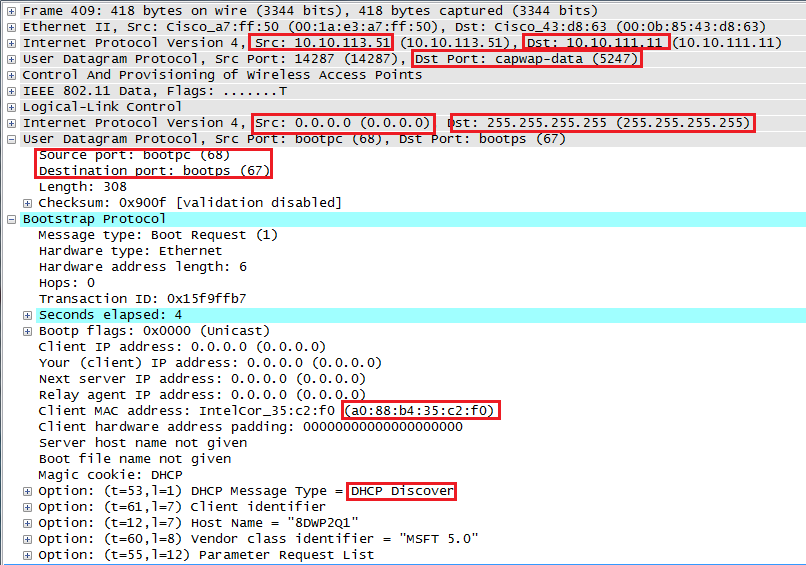- what is outsourcing?
If we used an external organisation to help us develop part of our service it's called outsourcing
- What is an OLA?
The Operational Level Agreement is an agreement between an IT service provider and another part of the same organization. This could be the development team, the support team or helpdesk
- What are the steps you would follow when a Change Request comes in?
� Record it
� Evaluate it
� Prioritize it
� Plan it
� Test it
� Finally, implement it
http://www.dumpsquestions.com/forums/viewquestion.php?question=1487&..
- What is SLA?
A: A service level agreement or SLA is the contract between an organization and its customers. Customers can be external or internal and SLA tells the user what to expect in regards to response time and uptime of any IT technology.
What is change management?
Change management is a group of people who identify and approve changes to the system. Change management helps all parties involved to review the changes that will take place and approve them to ensure that changes to not have a severe negative impact on the system.
What does an SLA contain?
The SLA contains the amount of time a response is made when issues occur, the responsibility of each organization, target numbers and uptime percentages, the times at which support is available, and any change history or technical standards provided by the organization.
What is a service design package?
he SDP contains any major change requirements for new IT service and information when retiring any hardware or software.
http://resources.infosecinstitute.com/itil-interview-questions/
- Difference between ITIL v3 and v2.
Managing services as a portfolio is a new concept in ITIL V3
Service Catalogue Management was added as a new process in ITIL V3
ITIL based models adopted by organization .
Microsoft MOF
Hewlett - Packard ( HP ITSM Reference Model)
IBM ( IT Process Model )
Define Service strategy?
How to design, develop and implement service management for organization is define under service strategy.
Ø What are we going to provide?
Ø Can we afford it?
Ø Can we provide enough of it?
Ø How do we gain competitive advantage?
Define Service Design?
How to design develop services and service management and converting service objective in to range of services.
Ø How are we going to provide it?
Ø How are we going to build it?
Ø How are we going to test it?
Ø How are we going to deploy it?
Define Service transition.
How to implement services in production as per design services.
Ø Coordination and managing of the process
Ø Build, test and deploy a release in to production.
Define Service operations
How to manage service on an ongoing basis to ensure their objectives are achieved.
Service operation is responsible for all ongoing activates required to support and deliver services
http://itilinterviewquestions.blogspot.com.tr/2013/06/itil-interview-part-1.html
- ITIL Interview Questions and Answers
1. What is ITIL?
2. What are types of service provider?
3. Explain Service knowledge management system?
4. Explain Strategic/Tactical/Operational level changes?
5. Explain Change Management?
6. Service Transition?
7. Explain the availability Managements?
8. What is Service level Management?
9. Types of service catalogue?
10.Explain Service Design?
11. Return on Investment?
12. Explain Retired services?
13. Explain Service portfolio, Service catalogue and service pipeline?
14. Explain Service strategy process?
15. What is Service process management Process?
16. Define Service Management?
17. What is continues service improvement (CSI)?
18. Define Service operations?
19. Define Service transition?
20.Define Service Design?
21. Define Service strategy?
22.Explain ITIL service Life cycle model?
23.What is ITIL service management?
24.What are the ITIL based models adopted by organization?
http://tekslate.com/itil-interview-questions-and-answers
- ITIL - Interview Questions
Q3. Can you name 3 types of SLA?
http://www.accelerated-ideas.com/free-itil-training/itil-interview-questions-11995.aspx
- Explain a Known Error
A Known Error refers to an identified problem that has an acknowledged root cause and a solution.
It consists of the following:
Status
Error Description
Root Cause
Workaround
What is Configuration Management’s purpose in ITIL?
Its main purpose is to receive, collect, store, manage and verify data on IT assets and configurations.
What is the difference between a project and a process?
A project usually has a fixed time span whereas a process is continuous and does not have an end date.
What are the responsibilities of an ITIL Service Desk?
Responsibilities of an ITIL Service Desk are:
To log, classify and prioritize incidents
To investigate the incidents
Resolving the incident
Incident management reporting
Differentiate between proactive and reactive problem management.
proactive problem management prevents incidents from occurring by identifying potential problems and errors in the IT infrastructure
reactive problem management recognizes and eliminates the root cause of incidents that are witnessed.
Differentiate between an incident and a problem.
An incident is referred to an event that leads to disturbances and disruptions in an IT service, and a problem is the underlying cause of these incidents.
What is Post Implementation Review (PIR)?
It is usually performed after the change request is put into effect to determine if the change and its implementation were successful.
Define Operational Level Agreement (OLA)
Operational Level Agreement (OLA) is a contract which emphasizes the different IT groups in a company and how they design their services to support SLAs.
What is the difference between customers and end-users?
A customer is an entity who has the ability to choose from various products or suppliers
an end-user is the direct recipient of a product or service.
Differentiate between Service Request and an Incident
Service Requests are formal requests that are processed by a user for a service of information
Incident is an unplanned interruption to an IT service or reduction in the quality of an IT service.
Explain Service Portfolio, Service Catalog and Service pipeline
Service Portfolio is a comprehensive list consisting of all the services that are provided by a service provider to the customers.
Service Catalog is a subset of Service Portfolio which includes a list of the services that are ready to be offered to the customers.
Service Pipeline refers to services that are under development process.
Differentiate between Emergency Changes and Urgent Changes.
Emergency Changes are the highest priority changes which require fast implementation
Urgent Changes are changes that serve an important business or legal requirement but do not help to restore a service.
What is a Change Advisory Board (CAB)?
Change Advisory Board refers to a group of authoritative people who aid in carrying out the change management process with the authorization, assessment, prioritization, and scheduling of the requested changes.
What is a Freeze period in ITIL®?
a particular time period in the development procedure after which strictness and severity is observed in the rules required for making changes to the source code.
What are the ITIL models adopted by an organization?
Microsoft MOF (Microsoft Operations Framework)
Hewlett Packard (HP ITSM Reference Model)
IBM (IT Process Model)
Name the 4 P’s required for effective Service Management in ITIL
People
Processes
Products
Partners
Who protects and maintains the Known Error database?
The Problem Manager is responsible to maintain and protect the Known Error database as well as facilitates the initiation of the formal closure of all Problem records.
Define Workaround.
When the root cause of an issue or problem has not been resolved, a workaround acts as a temporary method for resolving the issue.
What is the RACI model?
• Responsible – Responsibility assigned to a particular person the complete the task.
• Accountable – Person held accountable for the given task.
• Consulted – People or groups who are consulted for the task.
• Informed – People who are kept informed about the progress of the on-going task
What is Configuration baseline?
a baseline that is used for a configuration only and has been formally agreed on and managed by the change management process.
What is Service Strategy?
Service Strategy is a set of policies and objectives that are established to achieve a service goal.
Name the four P’s of Service Strategy.
Perspective – the vision behind the strategy and its course
Pattern – method taken to implement the strategy
Position – basis on which the strategy will be completed
Plan – ways to achieve the goal
What do you understand by Service Transition?
The objective of this stage is to build and deploy IT services for different organizations.
This stage also responsible for ensuring that changes to services and service management processes are performed in a coordinated way.
It consists of the following processes:
Change Management
Change Evaluation
Project Management
Application Development
Release and Deployment Management
Service Validation and Testing
Service Asset and Configuration Management
Knowledge Management
List down the four layers of service management measurements.
Progress: This is responsible for handling the progression of the current service operations
Compliance: This mainly deals with the compliance of the trending industry process and market standards
Effectiveness: This helps in maintaining the effectiveness of the services
Efficiency: This helps with the efficiency of service maintenance and workflow
The difference between effectiveness and efficiency can be summed up shortly, – Being effective is about doing the right things, while being efficient is about doing things right.
What are the various types of Service Providers in ITIL processes?
Internal Service Provider: This type of provider deal with internal organization management.
External Service Provider:This type of provider generally deal with external organization management
Share Services: his type of provider usually has its autonomous presence inside the organization.
Explain the plan-do-check-act (PDCA) cycle?
Plan: Identifying and planning the improvements
Do: Implementation of improvements
Check: Monitoring, Measuring and Reviewing
Act: Improvements are completely implemented
https://www.edureka.co/blog/interview-questions/itil-interview-questions/











